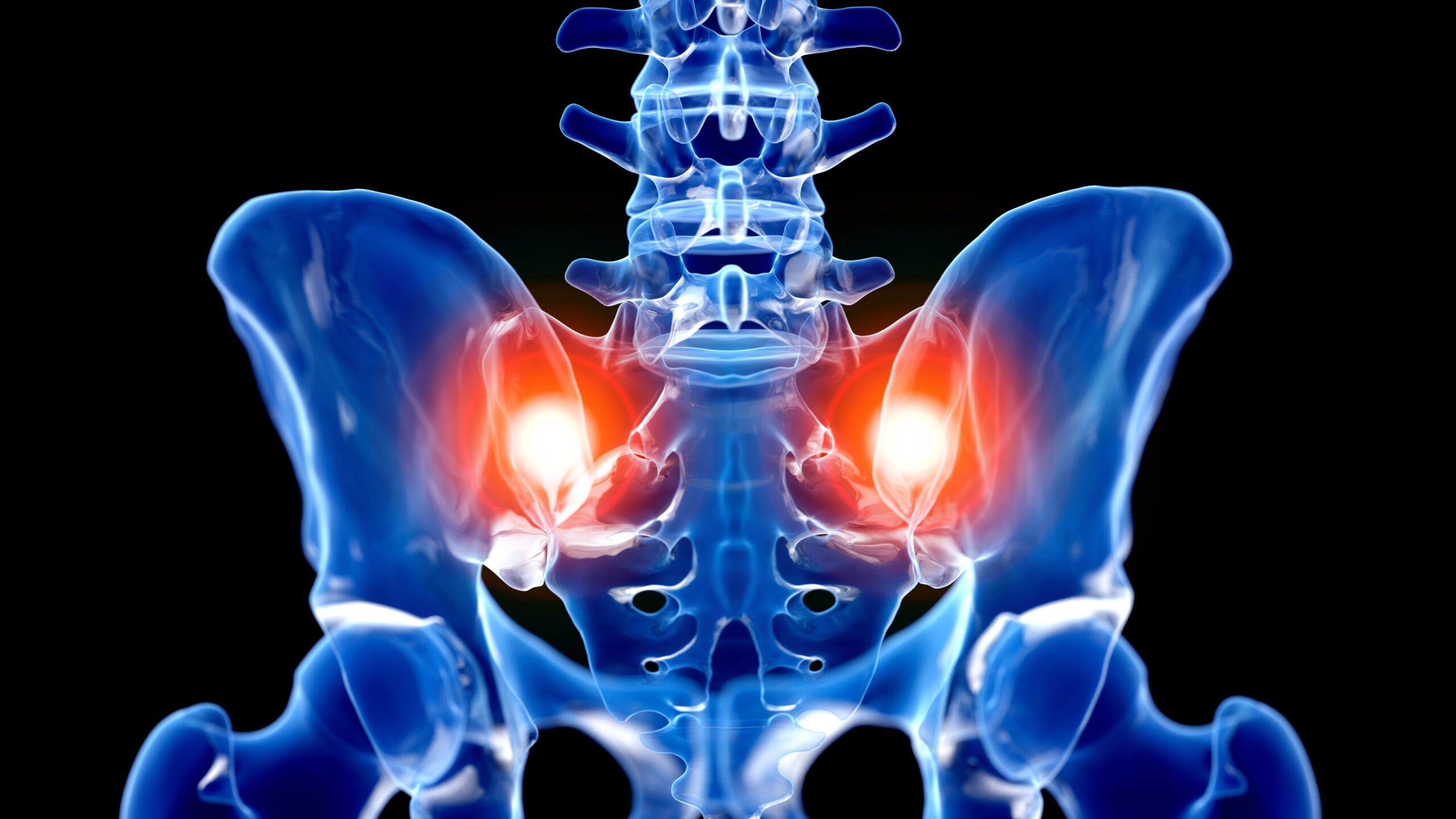The sacroiliac joint (SIJ) is a key point of connection between the spine and the pelvis, and it plays a pivotal role in the transfer of weight and forces between the upper and lower body. Given its functional importance, it’s not surprising that dysfunction or inflammation of this joint can lead to significant pain and limitation in activity. This is where pain management physicians come into play. They have an array of sacroiliac interventions at their disposal, ranging from conservative treatments to more invasive procedures.
Conservative Management:
- Physical Therapy: It’s often the first line of defense. Physical therapists use manual techniques, stretching, and strengthening exercises to improve SIJ mobility and reduce pain.
- Medications: Over-the-counter pain relievers and anti-inflammatories, such as ibuprofen, can help alleviate pain. In more severe cases, pain management physicians might prescribe stronger medications.
Sacroiliac Joint Injections:
- This is a diagnostic and therapeutic procedure. Under fluoroscopic (X-ray) guidance, the physician injects a mixture of a local anesthetic and a corticosteroid into the SIJ. If the patient experiences significant relief, it can confirm the SIJ as the pain source. The corticosteroid can reduce inflammation and provide longer-term pain relief.
Radiofrequency Ablation (RFA):
- RFA is a procedure in which radiofrequency waves are used to produce heat, targeting specific nerves. For the SIJ, the lateral branches of the dorsal sacral rami are targeted. This heat can “turn off” the nerves responsible for transmitting pain from the SIJ. The effect can last for several months to years.
Sacroiliac Joint Fusion:
- For patients who don’t respond to less invasive treatments, SIJ fusion can be an option. The aim is to join (or “fuse”) the sacrum and ilium together to prevent movement at the SIJ, which can be a source of pain. This can be achieved using various methods, including screws, implants, or bone grafts.
Pulsed Electromagnetic Field Therapy (PEMF):
- PEMF devices produce electrical fields that can aid in pain relief and promote healing. Though the precise mechanisms aren’t fully understood, studies suggest that PEMF can reduce pain and inflammation.
In conclusion, the sacroiliac joint, though often overlooked, is a potential source of debilitating pain for many individuals. Pain management physicians, with their array of interventions, play a crucial role in diagnosing SIJ dysfunction and providing relief. Whether it’s a conservative approach like physical therapy, an injection-based treatment, or a surgical intervention, these specialized physicians have a myriad of tools at their disposal to help those suffering.
